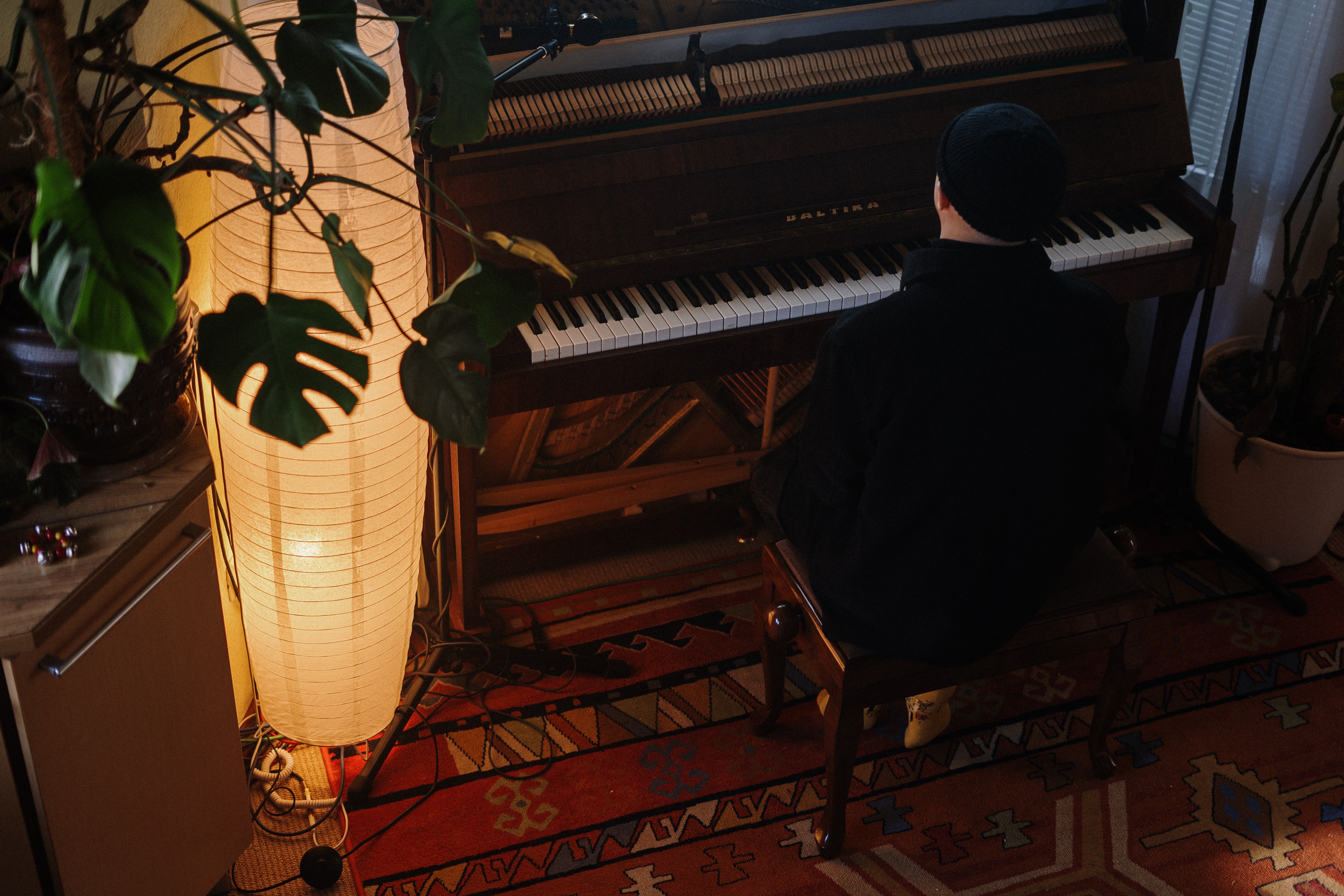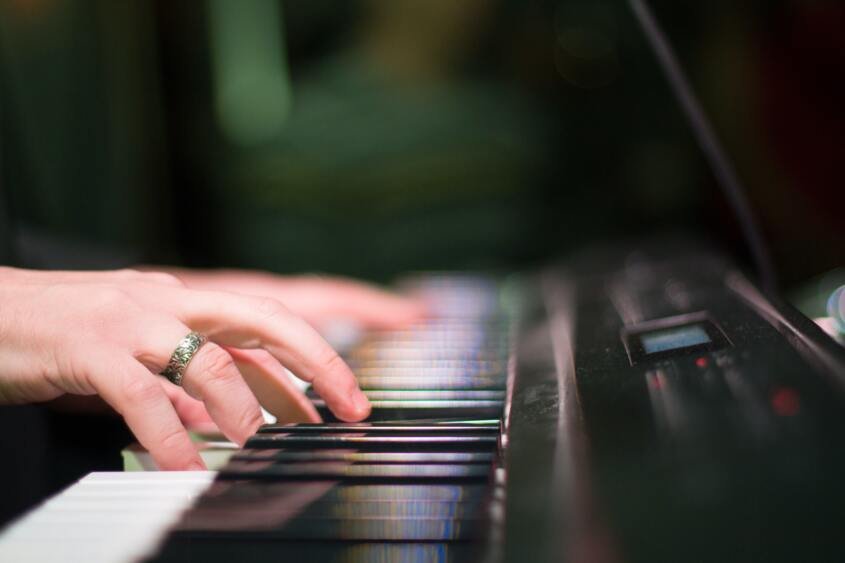7 Games You Can Play With The Piano
When your students start learning the piano, they embark on a beautiful journey that often feels similar to a video game. Think about it. Your students are the main characters at the start of an adventurous journey with little to no skills at their disposal. They do not know much about the obstacles they might face or the challenges that will be thrown at them.
As your students march forward, they dive deeper into the world of music. They work on their skills and hone their abilities. They win the first level of the game that perhaps consists of a challenging piece or a difficult scale. This leaves them feeling thoroughly empowered and prepared for the next level.
Having this game-like approach makes the learning curve much more exciting for your students. Initiating these games may also make their journey all the more wholesome. For this reason, we have curated a list of games that you can play with your students using the piano.
Without further ado, let’s dive in!
7 Games You Can Play With The Piano
1. The Art of Rhythm Bowling
The Art of Rhythm Bowling is a fun and interactive game that focuses on fast-paced thinking. Take a basketball or toy ball and 4-5 different bowling pins. You can simply use empty apple juice containers to use as bowling pins.
Using paper, draw a rhythm, rest, or a one-note in every container and glue it to the containers. Next, place the containers on the floor, similar to the way you’d do it at a bowling alley.
Ask your student to bowl and collect the containers they knocked off. Their task now is to place the containers in random order and create one long rhythm. If your student can play the rhythm correctly, they will receive three points.
Additionally, if you’re taking online classes for a number of students, ask your students to turn their videos on and form teams. If a team doesn’t get the rhythm right, the opportunity will be given to any of the other teams who volunteer first.
Piano enthusiasts love this game, and it can get very competitive quickly. Not to mention it is a brilliant way to teach your students the basic elements of melodic composition.
2. Frenzy Pattern
Frenzy Pattern is a wonderful game that involves training your ears. Students playing this game can hone their pitch recognition abilities. As a piano teacher, you can either play this game with an individual student or in groups.
At first, draw at least eight different groups of note patterns on a whiteboard. If your student is a beginner, try to avoid sharps and flats and keep the patterns no longer than five notes each.
Next, choose a random pattern from the board and play it on the piano twice. Ask your students to pay attention and give them time to think about what they’re hearing.
The student’s task then is to figure out what pattern you just performed. If they can identify the pattern correctly, they get five points. They’ll get two tries to select the correct pattern. If they still can’t figure it out, they won’t get any points for that round.
3. Name The Note

Photo by cottonbro from Pexels
Name The Note is a versatile piano game that your students will definitely love. All you have to do is create a few flashcards. Here’s how you do it.
Take a few pieces of paper and cut them in 4” x 4” dimensions to create flashcards. Jot down the name of the note on one side of the paper (i.e., F minor) and draw the staff notation symbol on the other. Create twelve flashcards consisting of the twelve musical notations.
When you’re done, shuffle the cards and pile them in a single stack with the notations facing your way. Show a notation to your students one at a time and ask them to play it. Every student who can correctly identify and play the notation gets one point each. At the end of the piano session, the student with the highest point is declared the winner.
This game is especially helpful when your students are learning to read staff notation symbols and sheet music.
4. Choose The Golden Egg
While playing the piano, your students have to go through several tasks. It can be an arpeggio scale practice, a warm-up session, reading sheet music, ear training, or playing a certain piece without any mistake. These tasks should take about 15-20 minutes of practice time. Why not create a game out of it then?
Take small pieces of paper and write a task in each of them. Next, put them inside plastic eggs. They don’t necessarily have to be golden in color, but the game becomes all the more interesting if they are.
Put these eggs inside a small bucket. Ask your student to pick out one egg every day to see what task lies inside the paper. Your student will then have to demonstrate the said task on the piano. Moreover, if they perform well, make sure you reward them with chocolate or a cookie. This way, your students will feel incentivized to do well on their tasks.
5. Match The Symbols
Match The Symbols is a fun and engaging matching game that you can play with a group of piano learners. To play this game, you’ll first need to create a set of 16 index cards. Label these cards with musical symbols you’ve already taught your students. If they’re beginners, include symbols of flats, sharps, dynamics, rests, and tempo markings.
Next, mark two columns with eight rows on each on a whiteboard. Jot down the name of the symbols you used for the index cards on the board. Shuffle the cards and divide them among your students.
Put on a timer of at least seven minutes and ask your students to match the symbols with their respective names on the board. Assess how quickly they can perform this task. The student who identifies the most number of symbols correctly within the shortest possible time will be declared the winner.
6. Create Your Rhythm

Composing music is a huge part of your student’s musical journey. For this reason, it is important you put the right amount of emphasis and incorporate musical compositions in your lessons. Create Your Rhythm is just the game you can play with your students to strengthen their abilities in this field.
To help your students create rhythms, you should provide them a pool of resources, including note durations, arpeggio scales, chord progressions, rests, rhythms, and more.
It’s best if you create rhythm flashcards. Next, put them inside a cup and ask your student to pick five of those cards at random. Their next task will be to create a soothing rhythm from those five.
Moreover, you can add an interesting segment to this game if you feel like it. Give your students an opportunity to exchange three of their flashcards with another student and ask them to create something unique. There will be 15 minutes for practice, followed by which each student will play the rhythm they created.
At the end of the session, each student will vote for their favorite rhythm.
7. The Rhythm Cup
The Rhythm Cup is quite a popular game among musicians that your students will love. This game is best played in groups.
First, take a set of plastic cups for each of your students. Next, draw four lines of rhythms, where every line is eight measures long at minimum. This will come down to having 32 measures in total.
Your students are now tasked with rotating the cups with each other after every two measures - without breaking their flow of the rhythm. Because it is played in groups, this game becomes competitive very quickly.
Final Words
Practice will become easier once your students get into the routine of playing the piano. But while they’re at it, the practice session itself should be made as interesting and engaging as possible. Incorporating these games in your student’s learning session will ensure just that.
If you’re a piano teacher looking to teach enthusiastic piano learners, The Best Piano Teachers is here to give you that platform. With our database of 2600 active students, you will be able to expand your horizon within a very short while. Once you sign up with us, we will form a professional public profile for you so that you can find students near you in no time.
With our Online Lesson Schedule and Student Management System, you will remain organized about both online and offline piano lessons and simply focus on giving your best in teaching your students. If you have any queries, feel free to reach out to us!
By the way, which of these games are you planning to play with your piano students? Let us know in the comments below!

1 Comment
Jack Wilshere
Love these creative piano games! They’re a fantastic way to make learning engaging, especially for younger students. Games like 'The Art of Rhythm Bowling' add a fun twist to rhythm practice, and 'Frenzy Pattern' sounds perfect for improving finger agility and familiarity with different patterns. Definitely going to try a few of these in my next lesson! 🎹😊 Thanks for the inspiration!